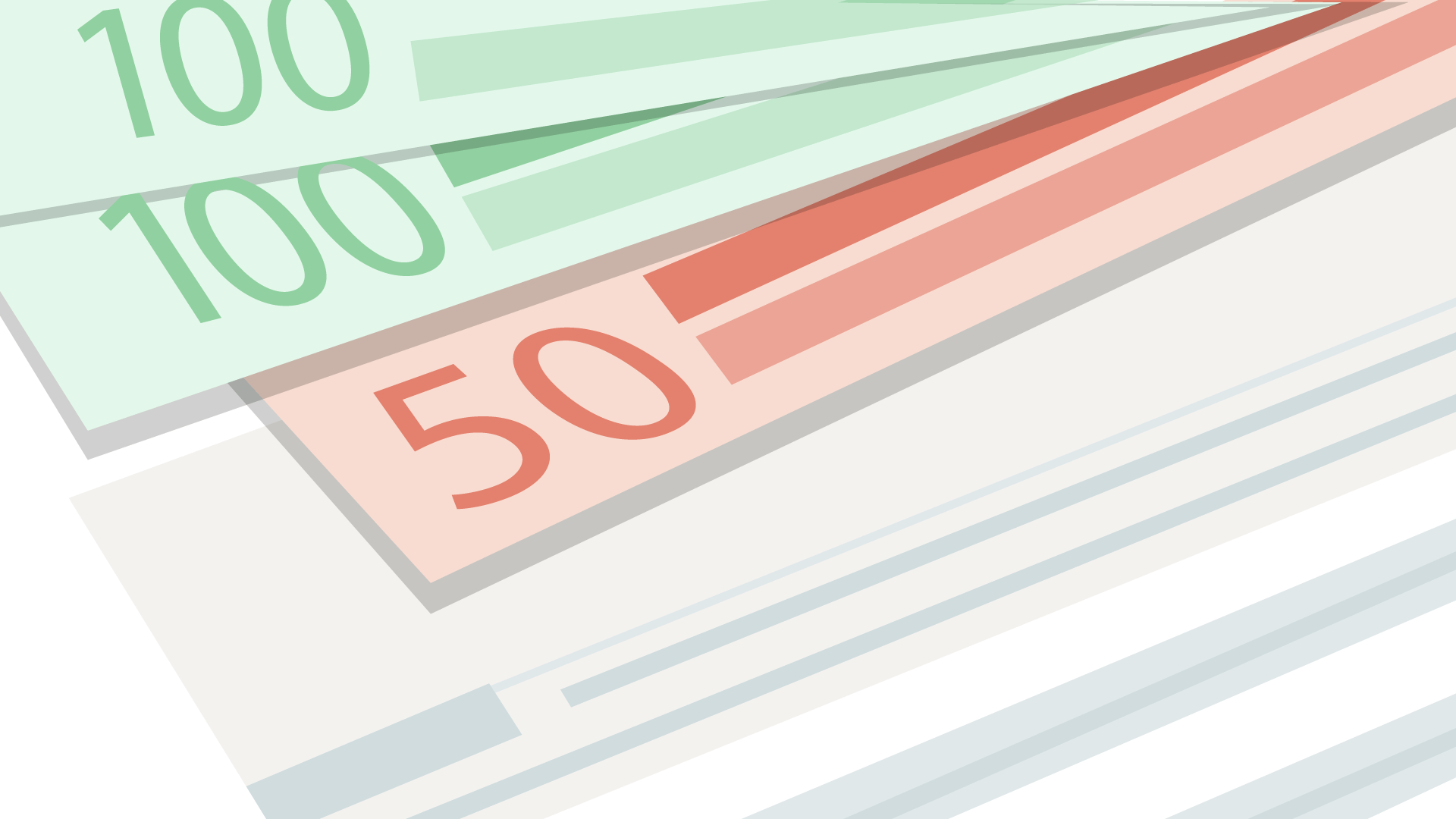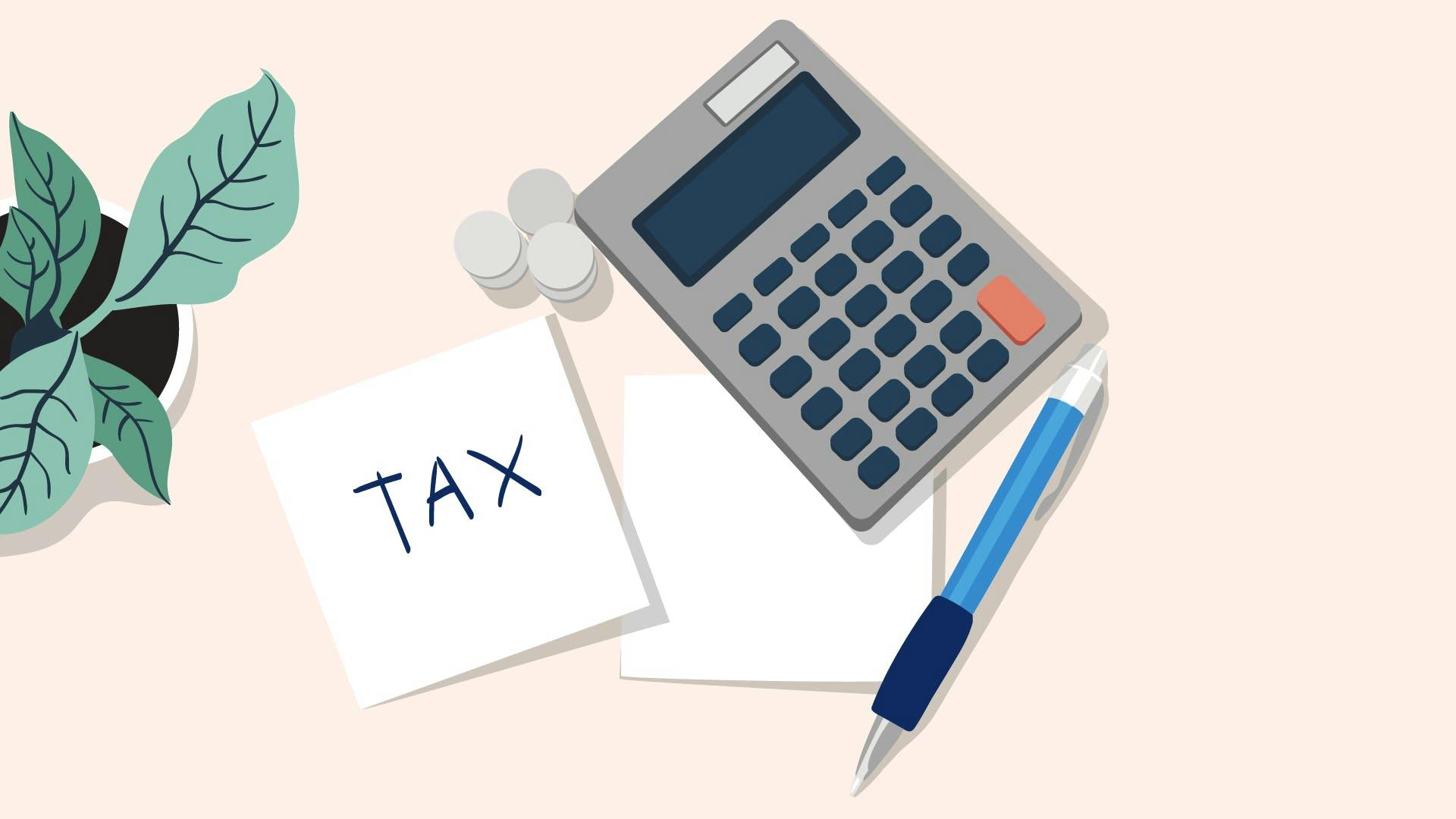VAT for Freelancers - Basics You Need To Know
Last updated on Jul 9, 2025
Kate Bailey
Freelance Editor
Mar 25, 2019
Like most developed nations, Germany has a ‘tax’ added onto goods and services. In Australia, it is the GST and in the U.S they have the ‘sales tax’. VAT is essentially the same concept within Europe - a consumption tax, with varying rates depending on what country you’re in. Germany was, in fact, the first country, alongside France, to introduce VAT in World War I as a consumption tax. As we would most recognise it today, well, France implemented that in the 1950s. The concept was indeed invented by a German, Dr Wilhelm von Siemens (yes, you DO recognise that name!) and it was initially aimed at larger corporations. However, as of 2018, VAT in Germany could be liable to be paid by any business owner, with a few exceptions.
The VAT system is intricate, complex and paperwork heavy at times. However, for most freelancers, it can become an easy-to-manage part of business and administration life. It all depends how the laws applying to you, and what obligations they create. Having a solid understanding of the system can cut out unnecessary steps or filings on your part, or, perhaps even bring them to your knowledge as something you actually should be doing. This is a rather broad and obtuse overview of the system as it applies to freelancers, and as with all such matters, should you be in doubt it is recommended to discuss it with a tax agent or professional. Overall, VAT in Germany is a fair system - no one expects you to pay what you shouldn’t have to, but you are expected to pay what you owe. So, let’s delve in and get to know the VAT system.

Wait, what’s it called and how is it done?
Value Added Tax (VAT) in Germany is, by law and officially, “Umsatzsteuer”. However, you may also see the term “Mehrwertsteuer”. Both terms have the same meaning, so do not be confused by this. To recap, this is Value Added Tax, that is passed onto the final customer/consumer with all the manufacturing or labour based taxes having been added along the way, making it an ‘indirect’ tax. An example of a direct tax is your personal tax declaration, whereby you pay tax directly to the Finanzamt based on your income. This indirect tax usually comes on the invoice or receipt of what you have paid for, or what services you have engaged. This indirect tax is shown by clear demonstrating the amount paid Netto - which is how much you charge for your service or product, MwSt how much tax is payable on the Netto amount and in what rate it is applied to the bill and the Brutto amount, which reflects the final amount paid: Netto + MwSt . You’ll find many vendors often only talk in Netto amounts when negotiating a contract or service, as it is assumed VAT will be added and payable in addition.
VAT, P&L, quarterly tax pre-payment?

VAT collected and distributed, is not your money
One of the most common things I hear from freelancers in their first year, was their initial excitement of collecting an extra 200 EUR here and there on invoices, only to find they had to pay it to the Finanzamt as their pre-payment did not cover it and their expenses did not balance it. With VAT, and the subsequent reporting, you will declare all expenses you had and present the VAT you paid and you will also declare your income, demonstrating the VAT you charged to customers. The balance of VAT you paid for and VAT you collected, is the final summary of your business activity and determines if you owe the Finanzamt money, or if they owe you. For example, if you paid out 100 EUR in VAT spending, and charge 150 EUR in VAT ‘collecting’, you must pay the Finanzamt that additional 50 EUR. Vice versa if you spent more than you collected. Regardless, VAT is not your money. The government relies on you to report and declare on a monthly or quarterly basis, and the only money you will be able to keep for yourself is your income, after tax. That’s why Kontist designed their freelancer accounts as they did, with tools to separate the tax you paid or collected in real time - super handy for maintaining a realistic snapshot of your pre and post tax finances.
Most simply: ‘Buying’ and ‘Collecting’
Buying - anything you purchase in Germany will have VAT applied, unless it is exempt under special circumstances or the persons providing services are exempt (as in, they earn less than 22.000 EUR per year. VAT is applied at one of two rates: 7% or 19%. Unless it is food or a necessity, the rate will be like 19%. Take a look at your last shopping market receipt. You can see a clear breakdown (as required by law) of how much you paid and at what rate of tax. If you purchased or used a service for your business, you will keep these receipts and report the VAT you paid out. Collecting - every time you sell your services or products, you will issue an invoice to collect your payment. This includes transaction receipts, if it is indeed something like an over-the-counter retail product. Each of these invoices will show the breakdown as per the Netto , MwSt and Brutto figures discussed above. To clarify, you will show how much you are charging for your services or product, what rate you have applied VAT tax and the final amount payable by the customer, to you. What you collect, you collect on behalf of the Finanzamt . As mentioned, you will then declare what you have collected, and balance that figure with what you have spent in purchases and their subsequent VAT and thus creating your declaration and determining what is payable between you and the Finanzamt .
So, do you have to pay? Maybe you’re exempt…
Germany recognised not every business would be large enough to accommodate VAT. So, if your revenue is less than 22.000 EUR per year, you can register as a Small Trader or Kleinunternehmer . In this case, you will also need to estimate your income for the following year, bearing in mind that you may be liable for VAT in the case you exceed this revenue cap. In the event of exceeding this limit in the course of a pre-estimated financial year, you will be required to begin paying VAT the following year. In short, the only way to continue as a Kleinunternehmer , is to continually earn less than 22.000 EUR per year. Some trades are also exempt from VAT, such as doctors and people in the health sector. There is also a chance, if you can prove the total amount of VAT paid in your previous year of business is under 1000 EUR you can simply do a yearly VAT declaration. It is also worth noting, there is a law in place that protects income earned from business outside of the VAT system - you are not required to pay VAT on this income, but you still must declare it. In the case of VAT, exemption is not necessarily a good thing. If you do have hefty expenses or equipment to buy, it can be highly beneficial to be able to claim back the VAT you paid. You cannot do this if you are not registered for VAT as you are exempt as a Kleinunternehmer . Most importantly, should you be exempted and registered as such, every invoice you send to a customer or client must include the sentence: “The amount shown contains no VAT in accordance with §19 of the VAT law” auf Deutsch “ Der ausgewiesene Betrag enthält gemäß § 19 UStG keine Umsatzsteuer ”.
Registering for VAT
OK. So, you’ve got to register for VAT. No worries. When you register as a freelancer - if you are already living in Germany, chances are you have already registered with the Bürgeramt or the Einwohnermeldeamt, and if not you can read more about doing that here. You will then need to complete a registration with the Finanzamt that can act as an intention to work as a freelancer. Once submitted, you will receive a tax number under which you should conduct all business. This form is called Fragebogen zur steuerlichen Erfassung. Now, in this form you will simply select you are registering for VAT. You will provide your bank details also. You will then receive an additional tax number, your VAT number which is also to be used at all times as you conduct business.

Invoicing with VAT
Invoices. They’ve got to be perfect. As in, you need your registered address of the business, date of issue, terms of payment, tax number, VAT ID number and your name and trading name (if different). You also must clearly state the services you are being paid for, when the services occurred or payment dates agreed, how much your services are charged for Netto , the tax you are applying and how much that is MwSt and how much that compounds to Brutto thus the amount payable by your customer. Most likely, you will be charging 19%. This is because the reduced rate of 7% applies only to certain goods and services such as food, transport, taxi trips and in house dining. We are delving deeper into the world on invoices, in this article Invoice Basics for Freelancers .
Reporting VAT
Here at Kontist, we covered off some pretty key points about how to manage your business so you can keep up with your reporting obligations. In the article Freelancers, Keep The Finanzamt Happy we detail what the Finanzamt will be expecting when it comes to your declarations and what records you will need to keep so you can support your declarations. VAT reporting is done quarterly or monthly, in an effort to ensure taxes are paid as close to the original transactions as possible - which make sense for the government and the citizen.
Submitting VAT
The tax office provides a free software for individuals to submit their monthly or quarterly VAT returns electronically, this is called ELSTER. This is generally an efficient system, and a few times of going through the process, it should be quite easy to maintain. Many people rely on their Steuerberater for this, meaning you simply submit your summary numbers. This can be quite handy, especially if there are a lot of transactions, as your Steuerberater will have their eagle eyes over everything. Elster offers an e-portal to register to use it and to also download the software. This is yet another topic we already covered here at Kontist: Freelancers Guide To ELSTER . You local Finanzamt will provide the deadlines for submission as per the frequency you must submit them. Regardless, ELSTER is your one stop shop for all things VAT when it comes to reporting. These are the very core basics of VAT for freelancers. For many expats, the system can come across as confusing and very paperwork heavy compared to the lands we hail from. Rest assured, once you understand the system it is quite logical and can also be very beneficial to freelancers. We have to pay our taxes regardless, so why not understand the system well enough to understand how we can best work within it. Few freelancers enjoy a long and sustainable life in work-in-your-pyjamas land without coming to terms with everything from status of business to VAT - so dive in, and rest easy!
Related articles
Visa & Kontist: a new partnership for freelancers and self employed
One of the most revolutionary inventions from the economic world is of course the credit card. In fact what began as a credit card has morphed into a variety of different formats and platforms for, quite simply, spending money. The concept has some cool and surprising origins and now has launched prep-paid, debit, and charge card concepts. Freelancers love a good start-up story, right?
Kate Bailey
Freelance Editor
